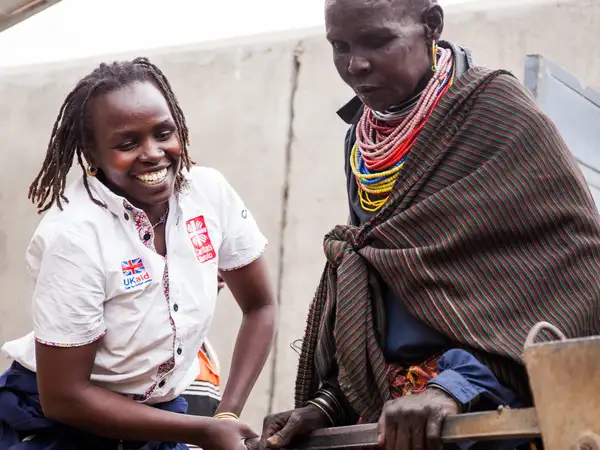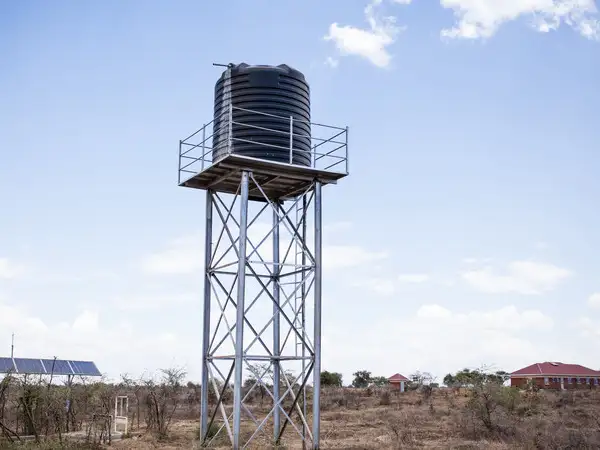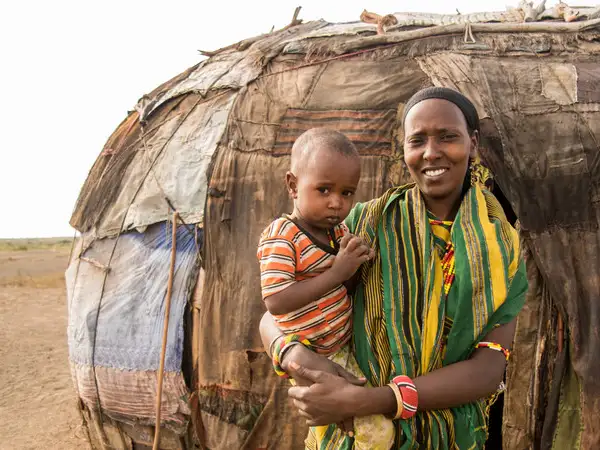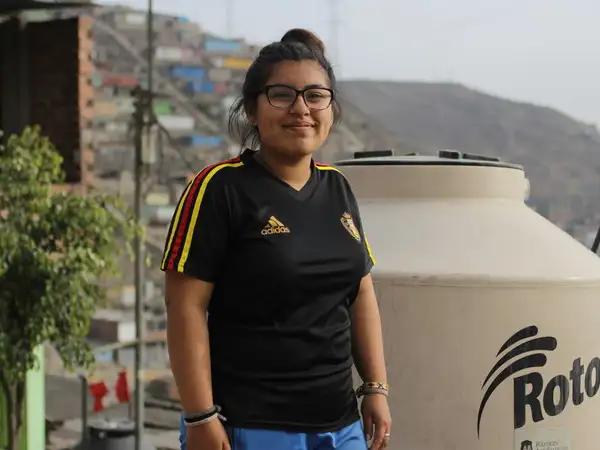

Daniela, next to a water tank in her community in Peru.
Tired of being unable to wash, cook or clean when she wanted, Daniela used an app to get the local government to take action to bring water to her community.
Daniela lives in an informal settlement just outside the Peruvian capital, Lima. She is one of thousands of people in her community who have never had access to running water. They have to rely on irregular visits from water trucks.
“Where I live, there are times when there isn’t water,” says Daniela, who lives with her mother, father and two siblings. “It’s not a question of it coming weekly or monthly. You don’t really know when the water will arrive.”
Tired of this situation, Daniela and other young people in her area are enlisting technology to demand change. Using a phone app to gather data, they have been able to build a picture of water access – or the lack of it – in their community and have been leading a fight to revise government policy and bring water to their homes.
It’s not a question of it coming weekly or monthly. You don’t really know when the water will arrive.
"I want things to be better for everybody”
Although La Capilla is one of the poorest districts of Lima, water delivered by truck costs up to 11 times more than the public supply. It has been this way for two decades. Heavy rain and landslides often make it impossible for trucks to get through. Even when they do, the water is deposited in open tanks, where it becomes contaminated.
Exasperated, Daniela started volunteering with a local charity, Centro de Estudios y Promoción del Desarrollo (DESCO). They trained her and other young people to collect information from residents about their access to water, using a specially-developed app.
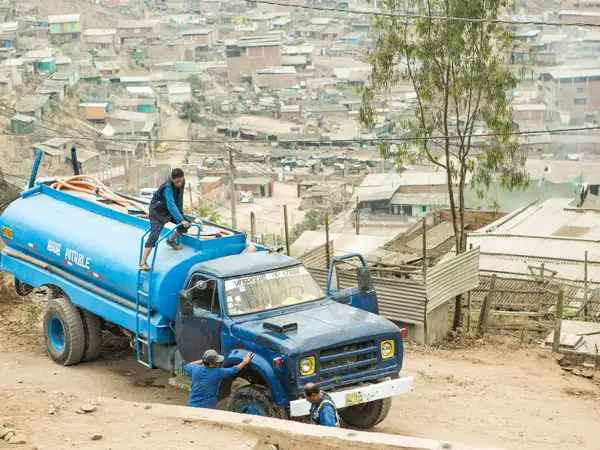

Many communities rely on trucks to deliver water - but sometimes the water trucks don’t come, and after heavy rain it is virtually impossible for the trucks to make it up the steep hillsides.
Daniela and her friends go door to door, asking their neighbours about the quality and quantity of the water they receive. The app is simple to use: it has 12 questions, and pictures to help residents who may have difficulty reading.
“I think using the app is a lot easier, more effective and quicker than doing normal surveys,” says Daniella. “It looks at each house and how people are using water, how much they are using, and sicknesses associated with water.”
The residents' battle for property rights
Although water is such an important issue, “this is not a fight that will be won tomorrow,” said Patt, a youth and community outreach worker at DESCO.
Communities like La Capilla are often overlooked when it comes to government help. “In terms of services, 90 per cent of homes here have electricity, but nobody has mains water,” added Patt. "The people here have had years of depending on the water trucks.”
The government water programme - Agua Para Todos (Water for All) - requires that communities meet certain criteria, including having staircases, retention walls, property deeds and ‘civil defence’, meaning the community is prepared for an earthquake.
Community members are currently in a long legal battle to obtain the property rights. Their houses are constructed on old farmland with no clear owner. Residents spend their weekends volunteering to build staircases and retention walls, but lack of resources means progress is slow
“What I’d like to see is that everyone – including those in authority - are aware of the current situation,” said Patt. “The government should govern for the good of the people. And, the people, all people, should have rights to a dignified life and a comfortable space to live.”
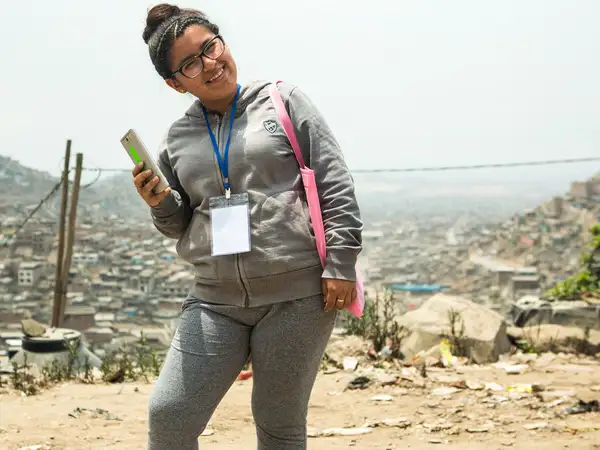

Daniela used an app to survey her neighbours on the quality and quantity of the water they receive.
But thanks to the app, Daniella and Patt are more optimistic. The data the young people have collected has been a cornerstone of the campaign for water.
“We have already used the water app in other neighbourhoods,” says Patt. “The idea is to present the information to Congress and government institutions that are working on water, and also to publish it on social media and international platforms.”
This is not a fight that will be won tomorrow
It is hoped that in the future, the app will be used across Lima to develop comprehensive water data. This can be used as a baseline in the context of climate change and give hope to the three million people in Peru who cannot get water from a tap.


